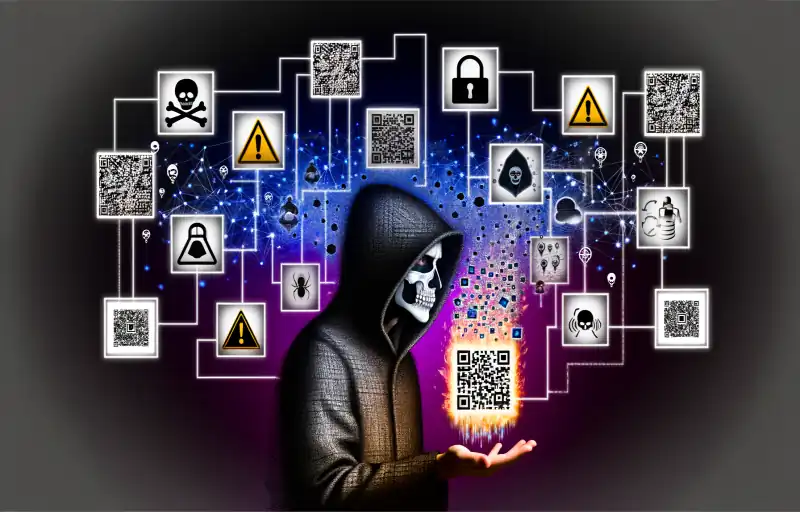
“Quishing: Scanning the Code, Unleashing the Threat.”
QR Codes Alert: Protecting Yourself from Quishing Scams
In the ever-evolving landscape of cyber threats, quishing has emerged as a novel and insidious tactic employed by cybercriminals. Quishing, a blend of “QR code (Quick Response)” and “phishing” words, involves the generation of malicious QR codes designed to deceive unsuspecting users. These seemingly harmless codes, when scanned, can direct individuals to fraudulent websites or initiate the download of harmful software, thereby compromising their personal information and digital security.
The process begins with the creation of a QR code that encodes a malicious URL or a link to malware. Cybercriminals utilize various tools and software to generate these codes, ensuring they appear legitimate and enticing. Once the QR code is ready, it can be disseminated through multiple channels, each chosen for its potential to reach a broad audience or target specific individuals.
Emails are a common vector for distributing malicious QR codes. Cybercriminals craft convincing messages that appear to come from trusted sources, such as banks, online retailers, or even colleagues. These emails often contain urgent calls to action, prompting recipients to scan the attached QR code to verify account details, claim rewards, or access important documents. The sense of urgency and the appearance of legitimacy can easily trick recipients into scanning the code without a second thought.
Social media platforms also serve as fertile ground for quishing attacks. Cybercriminals exploit the trust users place in their social networks by posting QR codes in comments, direct messages, or even as part of promotional campaigns. These posts may advertise exclusive deals, limited-time offers, or exciting events, luring users into scanning the code out of curiosity or fear of missing out.
Printed materials represent another effective method for distributing malicious QR codes. Flyers, posters, business cards, and brochures can all be used to display these codes in public spaces. For instance, a flyer advertising a new restaurant might include a QR code promising a discount on the first meal. Unsuspecting passersby who scan the code could find themselves redirected to a phishing site designed to steal their personal information.
Cybercriminals have been known to employ more covert tactics by placing stickers with malicious QR codes over legitimate ones in public areas. This method is particularly insidious because it leverages the trust users have in established businesses and services. For example, a cybercriminal might place a sticker with a malicious QR code over the original code on an ATM or a parking meter. Users who scan the altered code believe they are accessing a legitimate service but are instead directed to a harmful site.
To reduce the risks associated with quishing, it is crucial for individuals to exercise caution when encountering QR codes from unfamiliar sources. Verifying the authenticity of the sender in emails and scrutinizing social media posts for signs of deception can help prevent falling victim to these attacks. Additionally, businesses should regularly inspect their public-facing QR codes to ensure they have not been tampered with.
Quishing represents a sophisticated blend of traditional phishing tactics and modern technology. By understanding how cybercriminals generate and distribute malicious QR codes, individuals can better protect themselves from this emerging threat. As always in the realm of cybersecurity, vigilance and skepticism remain key defenses against those who seek to exploit our digital lives.














